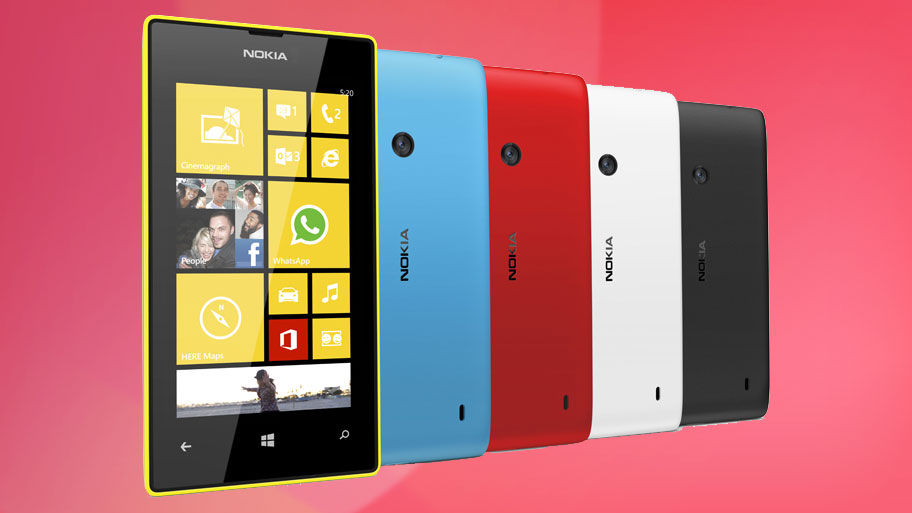Why you can trust TechRadar
The Nokia Lumia 520 was never going to be a media powerhouse, with just 8GB of internal storage, average battery life and a 480 x 800 display, it just doesn't have the chops to compete in the big leagues.
On the other hand, that 8GB of storage can be expanded, potentially up to 72GB of total storage with the help of a micro SD card, and while the resolution isn't amazing the screen isn't a bad size at 4 inches.
For around £100 plus the price of a microSD card you could have a satisfying little media player on your hands.
Music
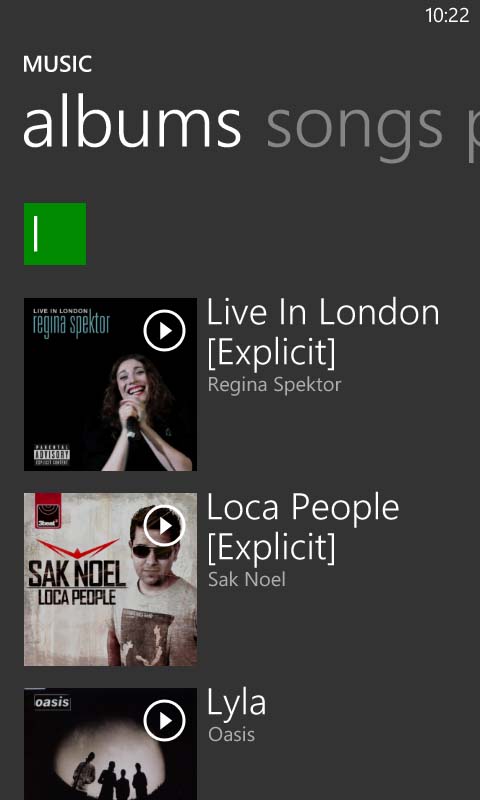
Music is handled by the 'Music + Videos' app and it's a solid player. You can filter your music by album, song or artist – which in each case will present you with an alphabetical list of your stored music, complete with album images if you choose to sort by album.
You can also find all of your music from a specific genre and create playlists. It's easy to navigate and use, though does little to stand out from any other music player.
When you play music you'll find that some music controls appear on your lockscreen, letting you easily pause or skip track.
Unfortunately the same controls aren't present on the start screen, so if you leave the player you have to either go back into it or lock and then unlock your phone to actually manipulate the music.
The Nokia Lumia 520 supports a decent range of formats including WAV, MP3, WMA, and eAAC+. It can also pump music out of its tiny speakers at a surprising volume without any distortion, though there's not really any bass.
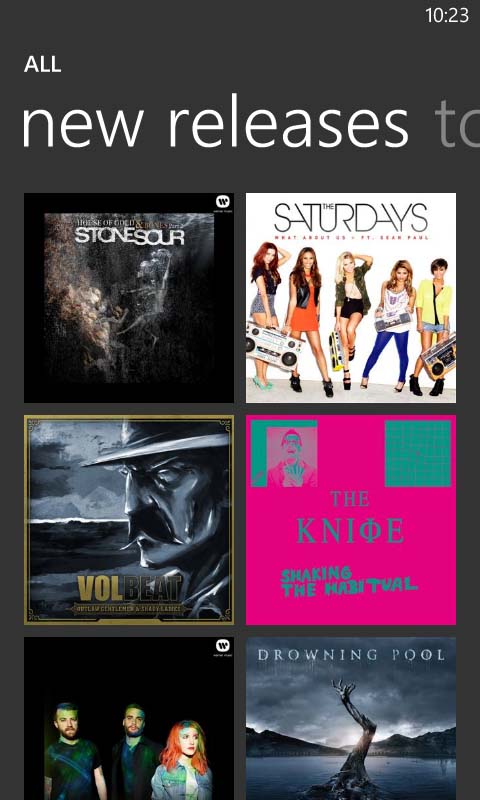
As well as either copying music across from a computer or loading up a microSD card with it, you can also purchase music from the Xbox music store to get it sent directly to your phone.
There's a solid selection available along with fairly competitive pricing (around 99p a track for new releases).
You can get to the store directly from the player and it's easy to browse – letting you filter results by genre and then check out top tracks, new releases and more.
Though of course you can also just type in a search if you already know what you're after.
On top of buying music the store also offers an unlimited streaming service for a monthly subscription. You also get access to Nokia's Mix radio, which is a real boon for a lot of people – it's free music on a cheap-as-chips phone.
Video
Video is also handled by the 'Music + Videos' app, but it's nowhere near as fleshed out as the music experience. For a start there's no video store, which is a bit of a shame given that both Android and Apple have one.
That means that you'll have to get your video content from elsewhere and copy it across to the Nokia Lumia 520 (or to a microSD card).
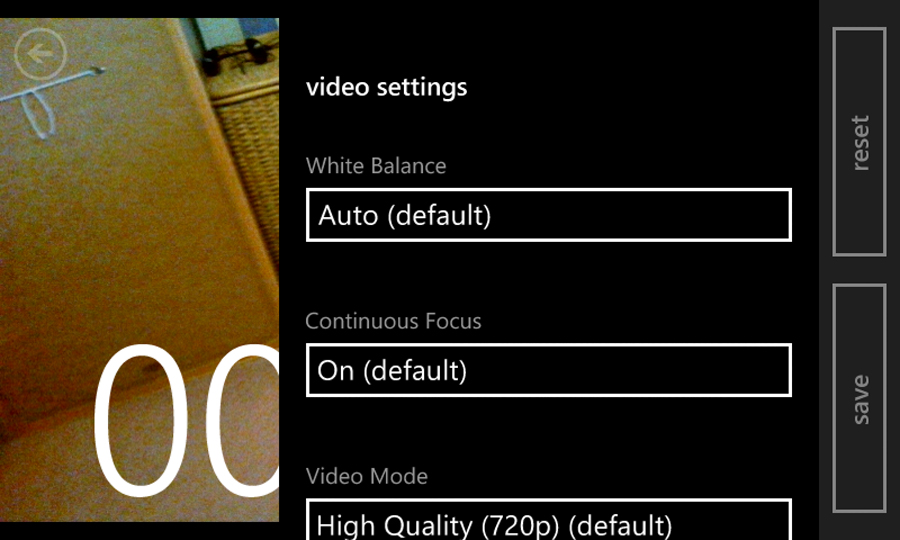
Once you've got some videos on the phone they're laid out as a list with thumbnails and their titles. You tap on one to play it and then you have a few standard video controls (pause, skip and fit to screen). That's all there is to it. So it's pretty bare bones, but it gets the job done in the end.
The 4-inch screen is just about big enough to watch a video on comfortably, while the phone itself is also light and comfortable to hold for extended periods (just as long as you don't let the corners dig into your hands). The resolution and screen quality could certainly be better but in practice it actually didn't seem too bad.
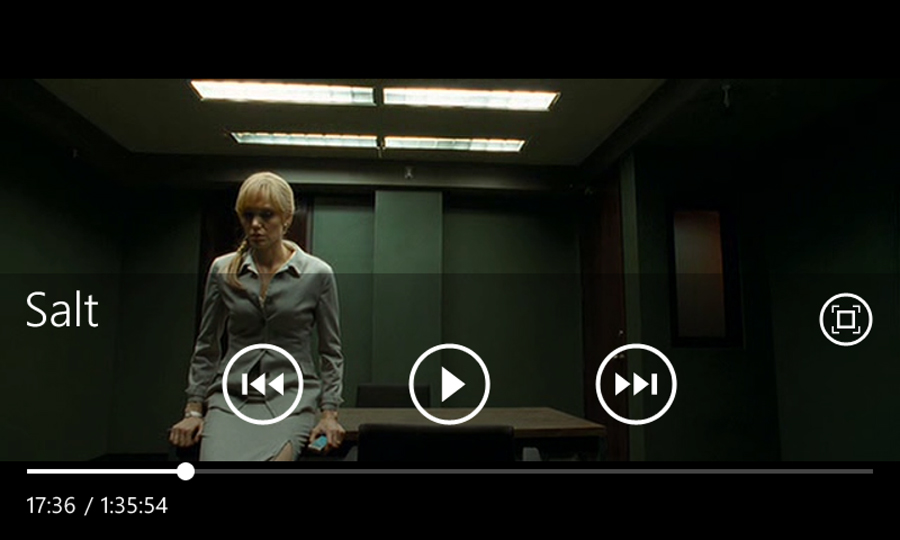
The player also supports a variety of file formats, specifically MP4, H.264, H.263 and WMV. It sounds average through the internal speakers too, which is good if you have to use it, though I'd advise you use headphones for richer sounds.
Photos
Photos are housed in the 'Photos' app, which seems logical, and it's not a bad app either. If you tap on 'camera roll' you can see thumbnails of every photo you've taken on the handset, and then tap on one to open it.
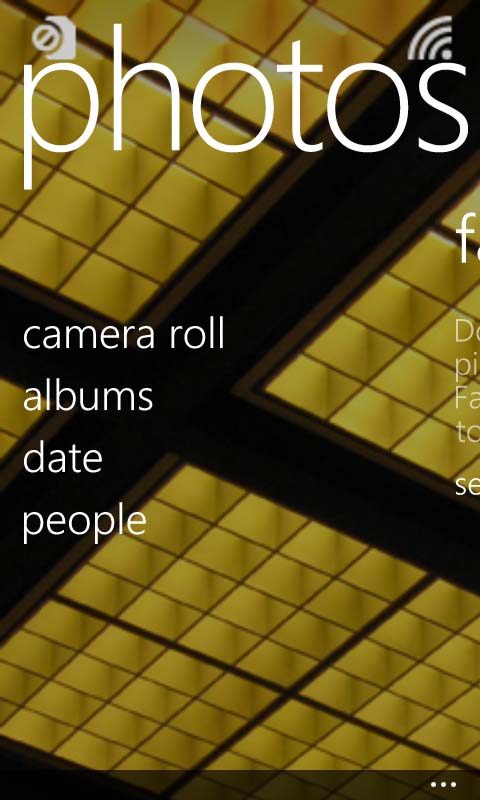
At that point you can then scroll through the rest of your photos or tap on the three dots at the bottom of the screen to edit the current photo, delete it, save it to OneDrive or set it as your lockscreen wallpaper.
Editing options take the form of cropping, rotating and auto-fixing and there's also a 'Creative Studio' option which lets you add colour tints to a photo, such as 'ivory' or 'jade'.
Handily it shows you a preview of how all these options will make your photo look before you commit to selecting one.
But the photos app doesn't just house pictures from your camera roll, it also syncs with Facebook and other social networks to pull photos from there.
If you've linked any social network accounts you'll find that all of your photo albums from them are present and correct under the 'albums' heading.
The 'Photos' app will also house any photos that you've copied across to the handset and as well as sorting by album you can filter photos by a specific date or search only for photos with a specific person tagged in them.
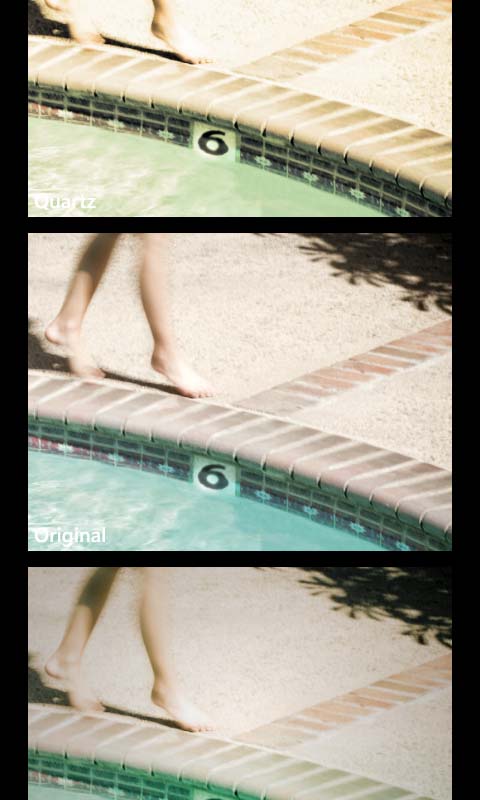
PhotoBeamer is an app that forms part of the Lumia Black update and lets you quickly throw a picture from the phone onto any screen connected to the internet through a QR scanner.
Launch the app on the Lumia 520 and navigate to PhotoBeamer.com on a laptop, tablet or desktop. From there, select which photos you want to display and hold the Lumia 520 so the app can read the code.
Your pictures will be displayed on the monitor, providing an excellent way of sharing pictures or taking colleagues through a presentation.
I found the connection occurred within 10 seconds on a laptop running through a Wi-Fi signal but it took significantly longer – up to 25 seconds – when navigating through a hard-wired server connection to a desktop PC.
Another addition courtesy of the Lumia Black update is Nokia Storyteller. This app is still in beta, but nonetheless provides a nice way of organising your images. It will use your location to plot images from a particular trip and add them into their own folder.
You can add captions to each image and it will also plot these photos on a map if you want an alternative way of viewing them.
James is a freelance phones, tablets and wearables writer and sub-editor at TechRadar. He has a love for everything ‘smart’, from watches to lights, and can often be found arguing with AI assistants or drowning in the latest apps. James also contributes to 3G.co.uk, 4G.co.uk and 5G.co.uk and has written for T3, Digital Camera World, Clarity Media and others, with work on the web, in print and on TV.
